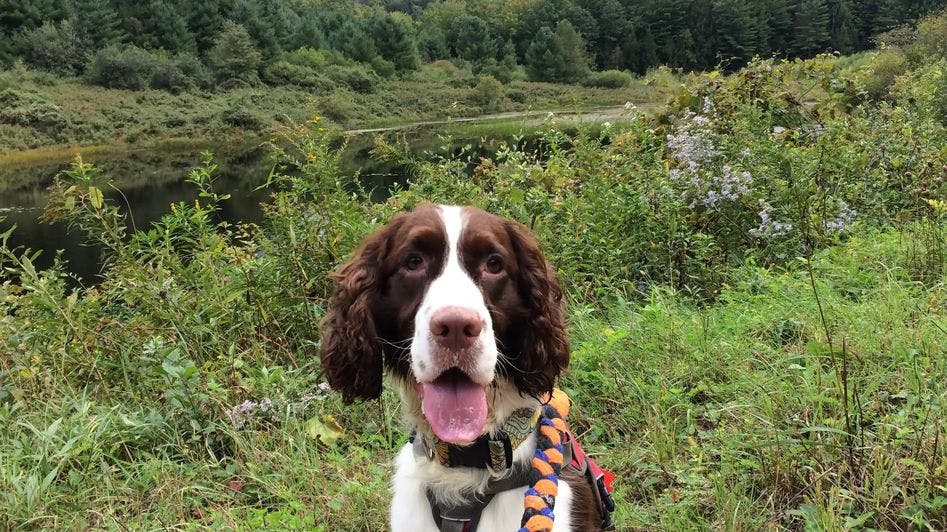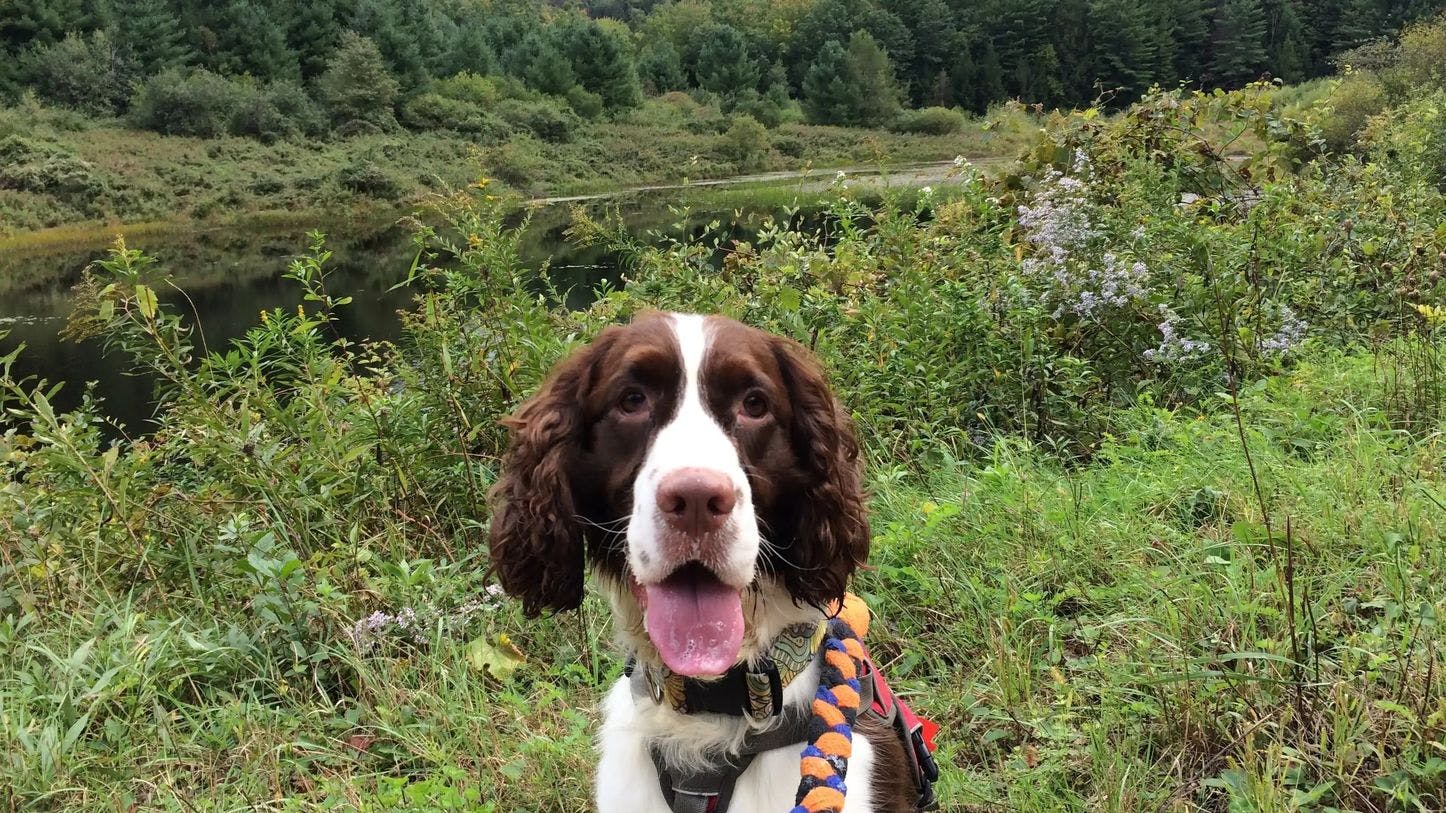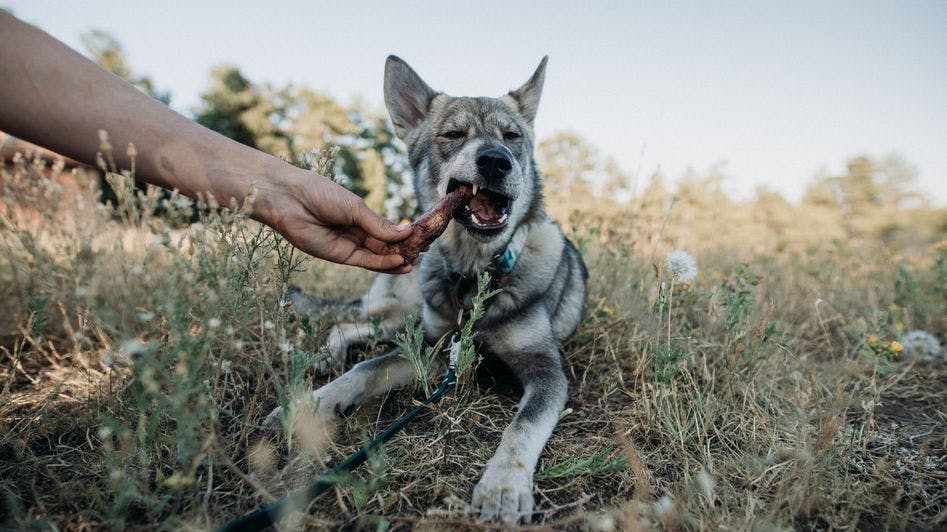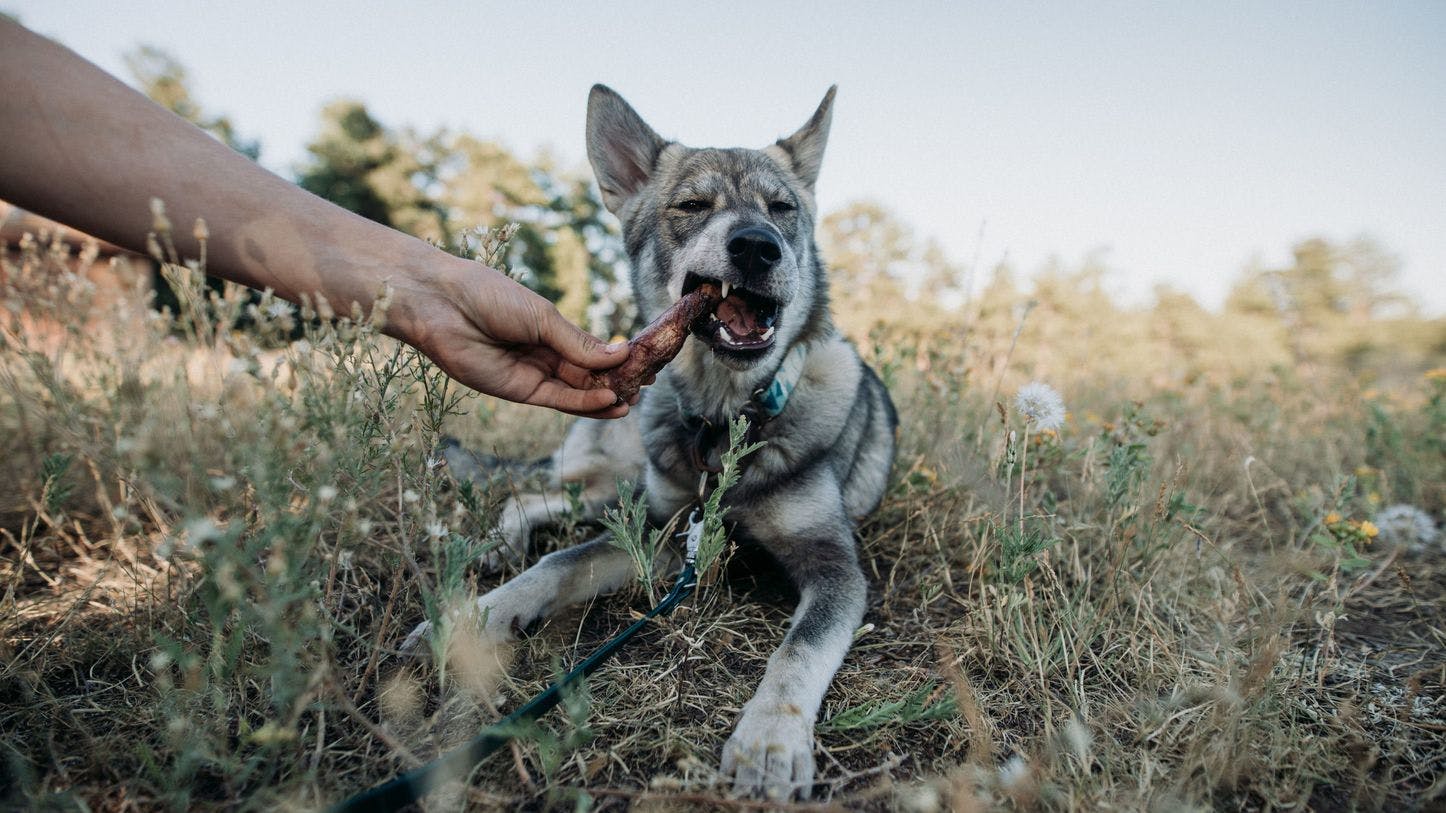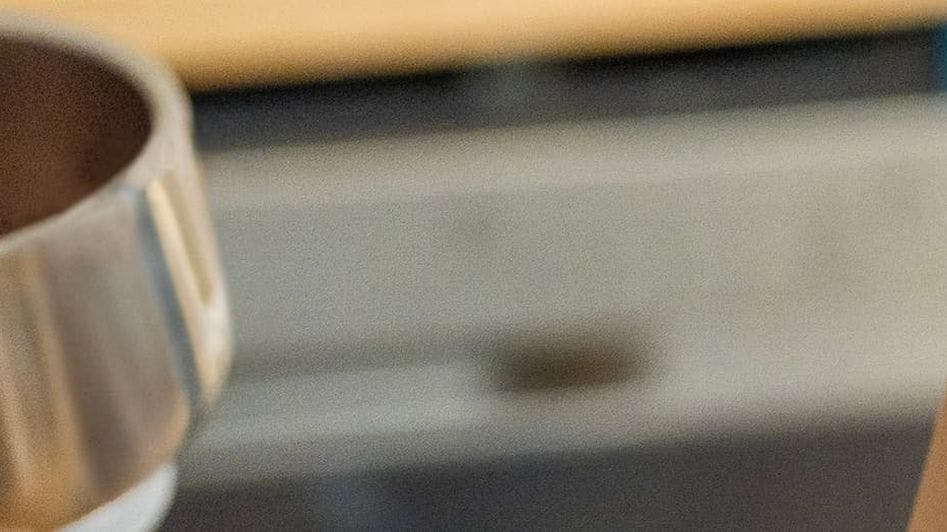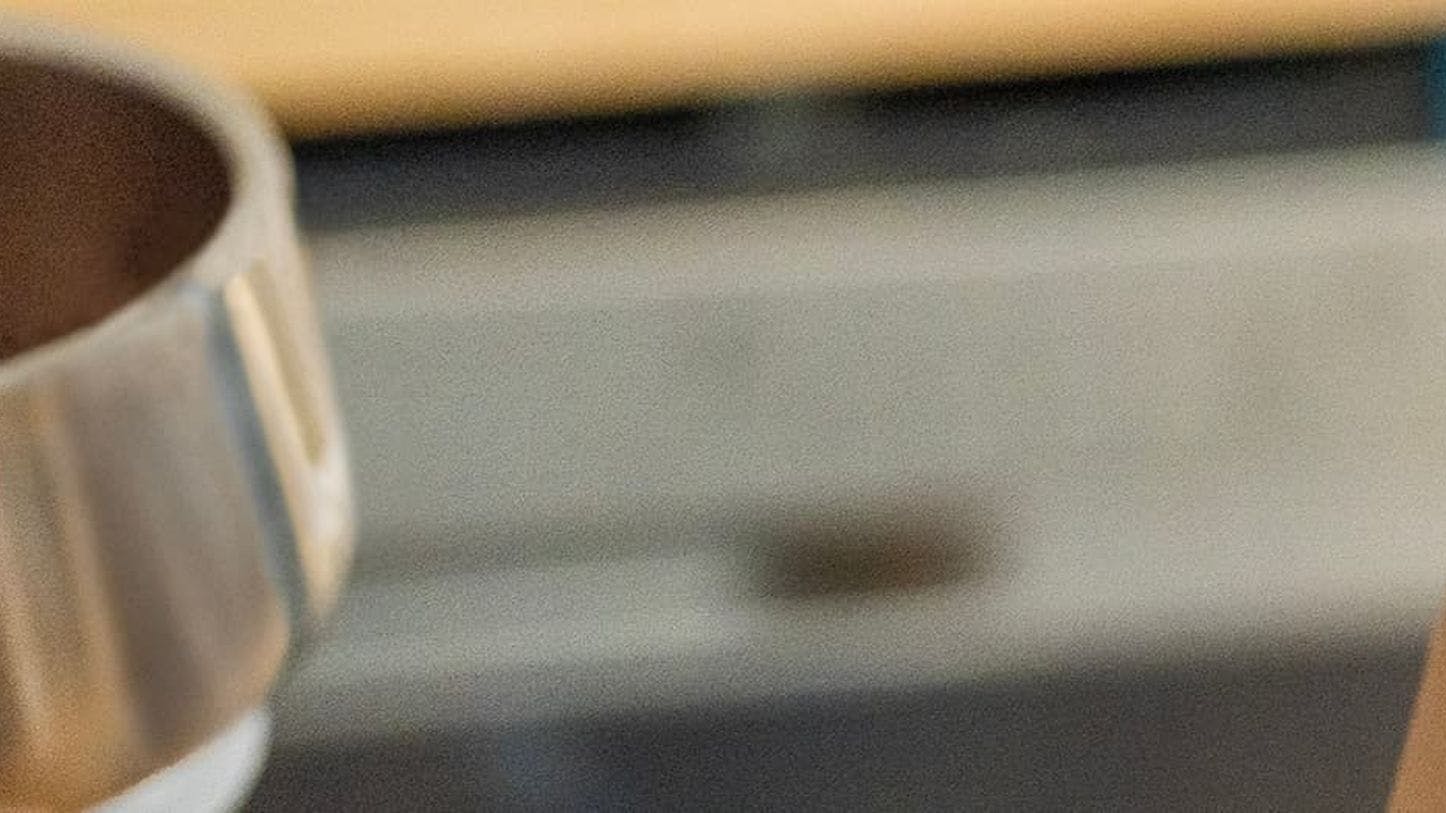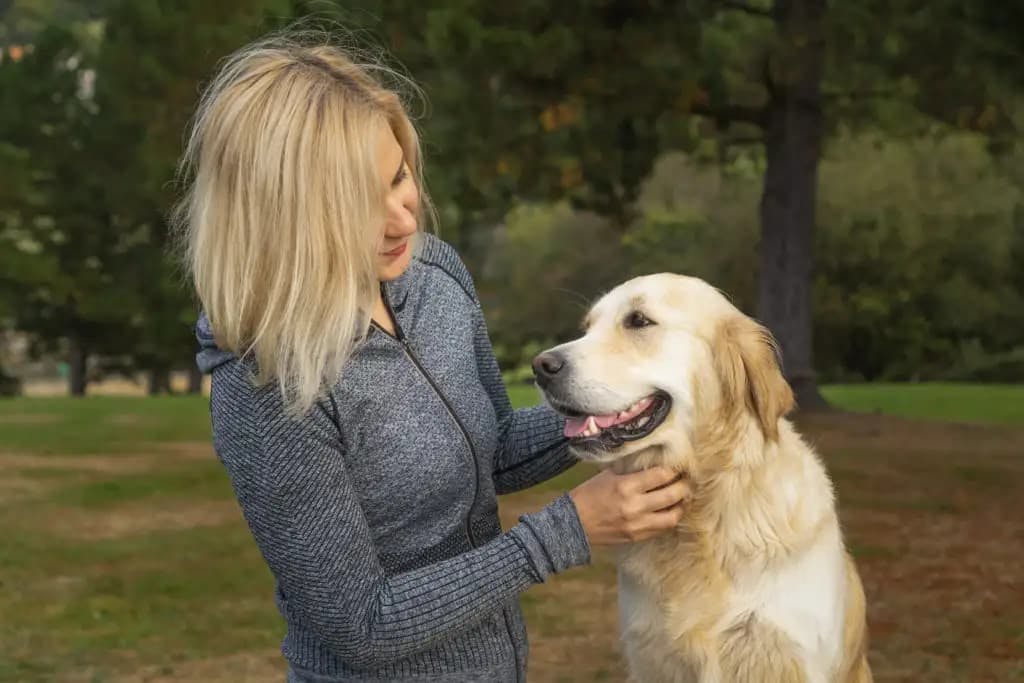
A Growing Epidemic: Pet Obesity Awareness and How to Help Your Pet Stay Fit
10.12.2021
Obese cats and dogs have reduced lifespans and increased risk for serious ailments. Being the owner of an overweight pet also means extra hygiene challenges and expensive vet bills.
Even if your pet appears happy, that extra weight harms your buddy in many ways. A fat dog or cat is at higher risk for long-term and dangerous conditions such as arthritis, diabetes, kidney disease, high blood pressure, and cancer. Obesity in dogs or cats also increases their chance of injury since your pet may tear a ligament or slip a hip partly due to the extra weight. That means expensive surgeries, long recovery times, and unnecessary pain and discomfort for your pal.
Overweight pets will have an overall feeling of unwellness and low energy. They overheat easily, and they often have an odor. Pets with additional fatty wrinkles may develop skin conditions or need the folds between them to be cleaned regularly to prevent the build-up of dirt or bacteria. Reduced physical well-being impacts your pet’s mental well-being, too. Obese pets often struggle to fulfill their natural behaviors and can become stressed as a result.
For example, cats are famously self-cleaning, but an obese cat who physically cannot reach certain areas of his or her body won’t be able to maintain basic hygiene. And cats don’t clean themselves out of vanity: they have nerve endings at the base of every hair, so they can feel it when hairs are out of place. It’s distressing for your cat to feel that discomfort and not be able to fix it.
Overall, obesity reduces both the quality of your pet’s years and the number of years they get, with one study finding that overweight or obese dogs have their lifespan reduced by an average of 2.5 years.
How to Tell if Your Dog or Cat is Obese
You may be looking at your buddy as they sprawl on the sofa and wondering: is my cat truly overweight, or is she just fluffy? Are Rover’s extra pounds due to overeating, or is he big-boned?
Pet obesity charts like these charts from APOP help pet parents determine where on the scale their pet falls.
Yet just like in humans, each pet is unique, and their “ideal weight” varies. A 15-lb Maine Coone cat might be lean and healthy, while a 15-lb Siamese cat could be over twice their healthy weight. Even two pets of the same breed or from the same litter may naturally retain or lose weight differently.
How would a healthy weight be for your dog or cat? It may be obvious, but if you ever wonder, “Is my dog or cat overweight?”, the first thing to do is to call your trusted veterinarian. A professional evaluation of your pet’s health is important to combat what APOP calls “the fat pet gap”: the growing difference between what pet parents think a healthy pet looks like and what a healthy pet looks like. Most people are so used to seeing fat pets that they perceive an overweight cat or dog as perfectly normal.
Dr. Steve Budsberg, veterinary surgical specialist and Director of Clinical Research for the College of Veterinary Medicine at the University of Georgia, words it this way:
“The sad truth is that most people can’t identify a dog or cat with obesity. Whenever their veterinarian tells them their pet needs to lose weight, they often can’t believe it because they don’t see it.”
The shocking reason an overweight pet looks perfectly fine to most of us is that over half of dogs and cats in the United States are obese or overweight. 60% of cats and 56% of dogs in the United States were overweight or obese in 2018.
How to Help Your Obese Cat or Dog Lose Weight
Once you’ve determined that Fluffy does need to be, well, less fluffy, you may be wondering how you can help your cat or dog reach a healthy weight.
One of the most important steps you can take to help your dog or cat lose weight is to increase their regular exercise. The safest way for your pet to lose weight is slowly and steadily. You wouldn’t expect yourself to start running marathons overnight, and the same is true of your pet. Ease your pet in any lifestyle changes after making a weight loss plan with your vet.
To add exercise to your pet’s routine, establish an easy place to start. Even five minutes of activity every couple of days can be slowly increased. Aim to eventually get your dog moving for an hour a day, if they can.
To keep your cat active, work your way up to 2-3 playtime sessions per day of at least 15 minutes each. Try to offer your kitty a rotating selection of toys so they don’t get bored. Keep a few toys out all the time, but also identify “special” toys that you can put away between sessions. That will make these toys extra exciting when you do pull them out to play.
What if My Obese Dog or Cat Doesn’t Want to Play?
Sometimes, overweight pets will be reluctant to increase their activity. This is partly because obese cats and dogs tend to have low energy and are partly out of habit.
High-value treats may be just the push your pet needs to get them going. However, be wary when selecting a food reward — treats may look small, but when packed with empty calories, they can quickly sabotage your pet’s diet.
Vital Essentials freeze-dried treats are genuine raw meat, low in carbs, and high in protein, so they’re nutritious options that add to your pet’s health instead of counteracting it. They’re also so delicious and motivating that you won’t need as many to do the job. Once a tasty freeze-dried minnow or yummy chicken heart is on the line, your kitty or pup will find the extra motivation you didn’t know they had!
Once your pet starts moving, that momentum will build. They’ll realize they feel better after their daily walk or playtime and will start looking forward to it.
After you’ve been following an exercise routine for your obese cat or dog for a few months, their weight loss may slow down or hit a plateau. If this happens, stay optimistic and don’t feel like your efforts were in vain. Even a small weight loss of 5% — that’s only 2 lbs off a 40 lb dog — makes a big difference to how well your pet feels each day and boosts their overall health. Regular exercise also provides many other benefits, such as lower blood pressure and a stronger heart.
What’s the Best Diet for a Dog or Cat to Lose Weight?
To help your pet lose weight, it’s important to increase their activity and watch what’s happening in their food bowl. If you’re currently feeding your pet a standard kibble diet, you may not know the nutritional issues with kibble or how a raw diet can help your dog or cat lose weight.
Traditional kibble diets contain too many soluble carbohydrates due to fillers like corn, wheat, rice, or peas, which are essentially ‘empty’ calories that your little carnivore’s body can’t properly utilize. Those unused calories are either excreted or stored as fat, while kibble’s low protein content means your pet still feels hungry all the time. As pet parents, how many of us have experienced firsthand a cat who won’t stop meowing for food or a dog who seems to always be starving?
According to animal nutritionist Dr. Richard Patton, these empty carbs are one of the biggest problems with standard dog kibble:
“The kibble is somewhere between 28-45% soluble carbohydrates. This predisposes a number of problems, promotes the wrong bacteria in the gut, compromises immune capability, and also sets up what looks like allergies. If you have a dog that is on a standard scoop of kibble in the morning and again at night and you switch it to a raw diet, you’re going to see a number of things change. First of all, there’s going to be less stools and firmer stools. You’re going to see this dog lose about 5% of its weight. You’re going to see that it’s happy to come eat, but it’s not ravenous.”
The best diet for pet weight loss and for overall health and wellness is a nutritionally balanced raw meat diet. Since a raw meat diet is low in carbs and high in protein, your pet feels full for longer, which reduces begging at the dinner table. You also won’t need to feed as many calories, to begin with. That’s because raw food is full of natural nutrition, so every bite can be absorbed and utilized by your pet’s body.
Will My Dog or Cat Be Unhappy On a Diet?
In between your pet’s healthy meals, it’s critical to fight the urge to share your human food with Fido. If you’re used to tossing your pup some popcorn or letting your kitty have bologna, this could be the most difficult part of helping your obese dog or cat lose weight. You may even worry that your beloved pet will feel neglected if you heartlessly ignore those pleading puppy eyes.
Trust us: as people passionate about pet food, we KNOW that food is love! We know it’s hard to resist the whining, the pawing at your leg, the meowing and purring, and all the cute little things your pet does to melt your heart and coerce you into sharing your BLT.
When it’s difficult to stay strong, remember that your kitty or pup depends on you to do what’s best for them. Being obese isn’t just bad for your pet’s overall health — it hurts their day-to-day happiness, too.
A bite of salami may make your dog happy, but only for a second. What would make him truly happy every day would be chasing a ball without wheezing for breath or sniffing the whole block without getting tired at the end of the street. Your cat would be much happier if she could pounce and run and climb like she was born to do. What makes your pet happier than anything in the world is spending time with YOU, their #1 pal.
Being overweight or obese takes years off your pet’s life, but every step you take together towards reaching a healthy weight gives you those years back.
With a veterinarian’s assistance and a committed pet parent, it’s possible to drop the pounds and add more years to your pet’s life.
For more information on Vital Essentials and our full product line, follow us on TikTok and Instagram. And if you have any questions, be sure to check out our FAQ page for answers. Together, we can ensure your pet gets the proper nutrition they deserve.
Featured in this article:
